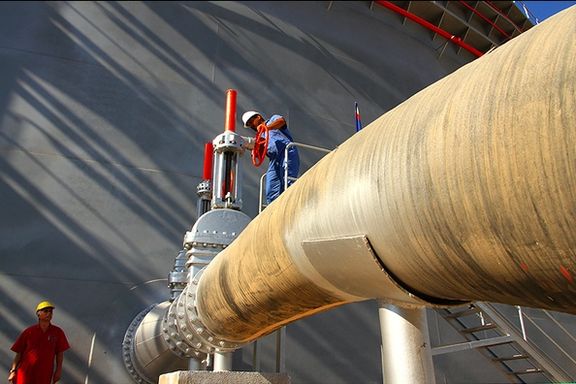Iran's regional energy clout wanes as buyers turn elsewhere

Iran’s ambition to serve as a regional energy hub is faltering, with key neighbors losing confidence in Tehran’s ability to fulfil its commitments and shifting to alternative suppliers.

Iran’s ambition to serve as a regional energy hub is faltering, with key neighbors losing confidence in Tehran’s ability to fulfil its commitments and shifting to alternative suppliers.
Turkey, long a major customer, imported over 5 billion cubic meters of liquefied natural gas (LNG) from the United States in the first quarter of 2025, according to Turkey’s Energy Market Regulatory Authority (EMRA).
That’s nearly the same volume as in all of 2024—which itself marked a 38% jump from 2023. The United States is now Turkey’s second-largest gas supplier after Russia, displacing Iran.
Meanwhile, Iran is grappling with year-round gas deficits. Last winter, domestic shortages roughly equaled Turkey’s daily seasonal demand.
EMRA data shows that Iran’s winter deliveries to Turkey have halved over the past two years, failing to meet the agreed quota in every month of the cold season.
A 25-year agreement between Tehran and Ankara expires next year. Despite repeated offers to renew, Turkey has shown little interest, bolstering its energy ties with Russia, Azerbaijan, and the US.
In March, Ankara began importing gas from Turkmenistan through swap deals via Iran—further reducing direct reliance on Iranian supply.
Iraq and Syria: shrinking markets
Iraq, Iran’s only remaining major gas customer, has also reported a sharp drop in supply.
Reduced deliveries from Iran have cut electricity production by 3,000 megawatts, according to Iraqi officials, just as summer demand peaks. Iran now supplies only 3% of Iraq’s electricity needs, down from 10% just a few years ago.
Turkey has stepped into the void, doubling its electricity exports to Iraq in 2025 and now supplying more than twice the volume Iran provides.
Tehran earns an estimated $5.5 billion annually from electricity and gas exports. Yet the strategy of converting regional political leverage into economic gains appears to be unraveling.
For years, Iran spent tens of billions of dollars supporting armed groups in Iraq, Syria and Lebanon, hoping to convert influence into energy contracts and infrastructure projects. But the hard-gained influence all but vaporised with Israeli strikes and the fall of Bashar al-Assad in Syria.
Syria, once a central partner in Tehran’s ambitions, has effectively cut ties. Iraq plans to end reliance on Iranian gas within two years.
Lost Ground
From 2012 to 2023, Iran sent more than 300 million barrels of free crude oil to Syria—worth $23 billion, according to energy analytics firm Kpler— in hopes of securing energy and industrial dominance in postwar reconstruction.
Last week, Syria’s interim government signed a $7 billion deal with Qatari, Turkish and US firms to build 6,000 megawatts of new generation capacity.
Turkey will supply 2 billion cubic meters of gas annually, while Qatar began gas shipments via Jordan in March, bypassing Iran entirely.
Even before Assad’s fall, Iran lagged behind. Turkey exported 15 times more goods to Syria than Iran. Today, Iran’s trade has all but stopped, while Turkish exports to Syria topped $1 billion in the first four months of 2025 — a 32% increase over the same period last year.